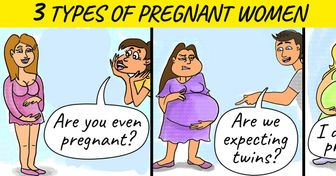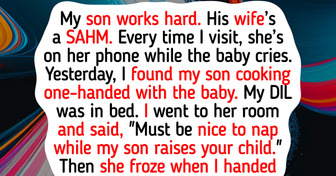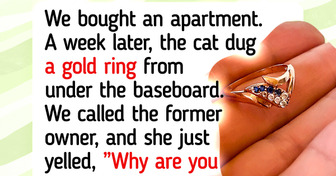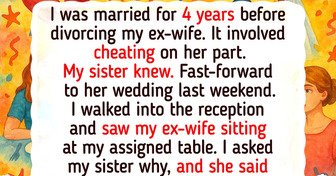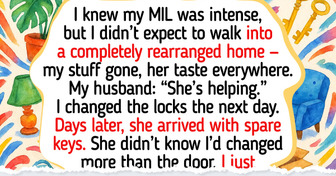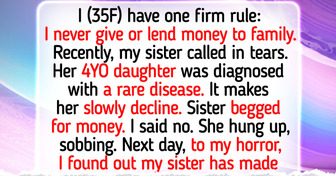14 People Who Have a Magical Appearance

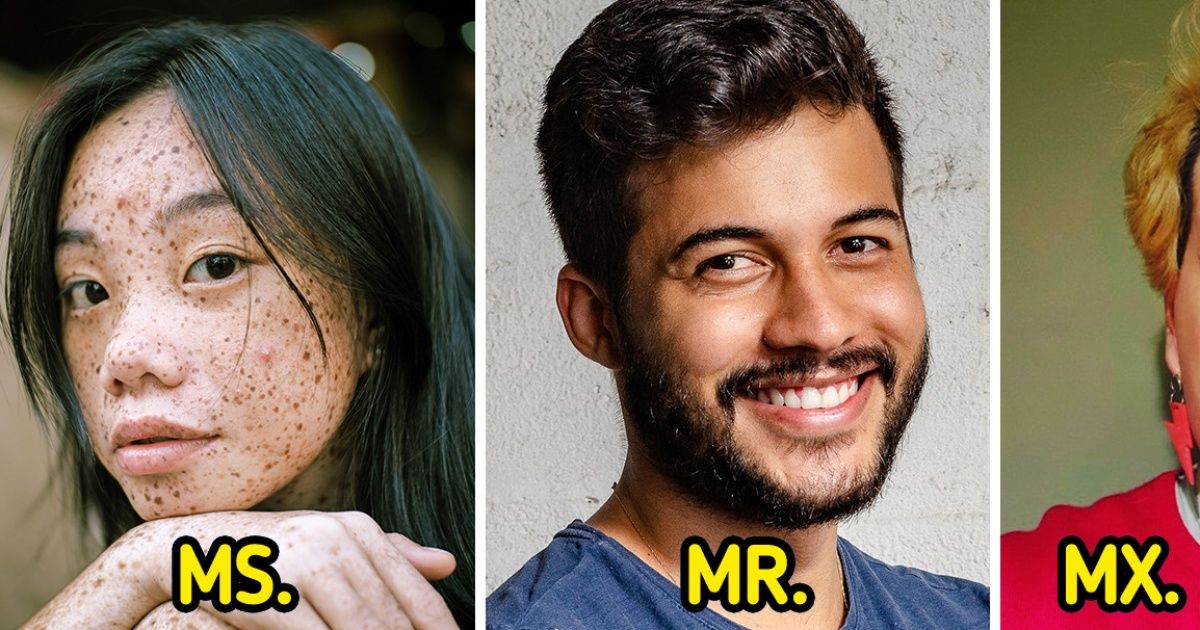
Non-binary gender identity is a term used when a person doesn’t feel that he or she is exclusively a woman or man. These people might feel that they are somewhere beyond genders or in between them. They might be identified as genderfluid, agender (without gender), demigender, graygender, etc.
We at Bright Side became interested in this topic and tried to find out more about people with nonbinary identity — their thoughts, feelings, and outlook on life. And you know what? They are all awesome.
The gender binary is all about a problematic idea that only 2 genders exist in the world and that a person can be identified either as a man or as a woman. Some people might say it’s correct because we are naturally born in the 2 aforementioned genders but this statement is flawed.
Though we classify newborn infants as male or female, there is more diversity when it comes to the term gender. While some people can confidently say, “I am a woman” or “I am a man,” others find it hard to identify their gender despite being XX or XY. That’s when the term nonbinary or genderqueer comes to the stage.
“I was born male, but now I identify as male and female at different times. Felt like a Greek goddess in this pic!”
The term genderqueer appeared in the 1980s as a predecessor to the term non-binary. It became popular in the 1990s.
Gender-neutral pronouns are the ones that don’t assume a gender of a person who is spoken about or spoken to. These types of pronouns can relate to any person no matter what their gender identity is, including the ones who live beyond the binary.
In the UK, for example, the title Mx. (pronounced like mix or mux), is now used widely on different official forms like banking documents, driver’s licenses, and other types of papers.
Also, you might’ve recently come across other pronouns like “they,” “ze,” “xe,” or “hir.” These are all gender-neutral pronouns that appeared because nonbinary people didn’t feel that “he” or “she” were suitable for indicating their identity.
By the way, the plural pronoun “they” was already being used as a gender-neutral pronoun several years ago when writers were searching for a way to avoid calling out the gender of their characters.
Third-person pronouns like “xe/xem” or “ze/zim” are becoming very popular. Also, some people nowadays prefer to avoid using pronouns at all and use their or other people’s names in all circumstances.
“Today I did a presentation about being non-binary to over 100 people at work! It went well. It’s taken me a looooong time to get to this point — a lot of tears, a lot of struggle, a lot of self-loathing, but I’m glad to be where I am right now. It also took me ages to come out to my loving and supporting parents.”
“My goal is to cause as much confusion as possible.”
The list of nonbinary genders is actually very long. Here are a few of them:
The list of issues nonbinary people face is perhaps even longer than the list of types of nonbinary genders. Some of the most widespread issues are:
“Finally got my prom dress, I’m so happy with it”
Though it can be difficult for some people to get used to using gender-neutral terms, it definitely gets easier with practice. Perhaps, using these pronouns is the least we can do to make non-binary people feel more comfortable in our society. Are you already using gender-neutral pronouns?
Got some cool photos or stories and want to be featured on Bright Side? Send them all right HERE and right now. Meanwhile, we’re waiting!

